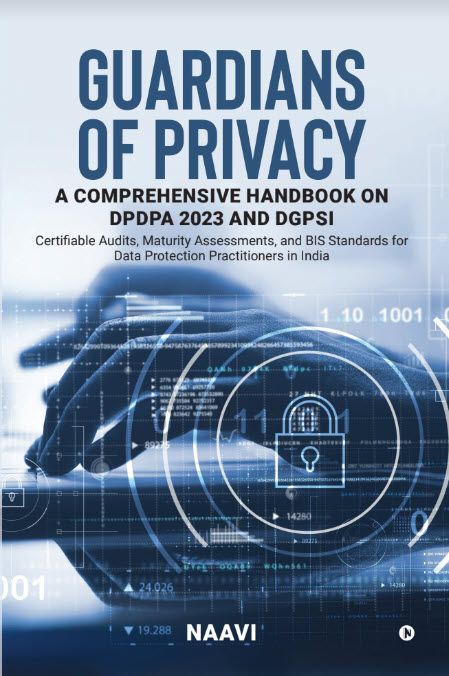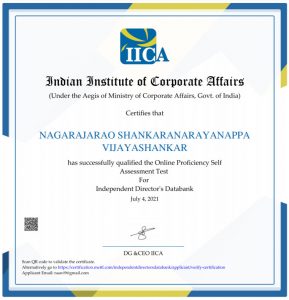The Intermediary rules under Section 79 of ITA 2008 has been repeatedly used by parties to get adverse content on internet removed without appropriate procedures. The problem has been the interpretation that an Intermediary is bound to take down content objected to by a party within 36 hours.
As a result of these rules, many websites have been bombarded with notices for removal of objectionable content. Websites such as mouthshut.com are primarily meant for expressing consumer grievances and have been useful to general consumers looking for information on various products and services. It is also true that some times the comments posted on the site may hurt the business interests of the companies whose products are criticized. There could also be cases where adverse comments are posted by competitors while companies may also post self serving reports. However buyers can try to understand the strengths and weaknesses of products by browsing through the various comments.
There are also many instances of companies responding to the adverse comments of consumers on mouthshut.com.
In totality therefore a website like mouthshut.com is an instrument of “Consumer Protection” and deserves encouragement.
However knowing the way some companies function and the threatening legal notices that lawyers can draft, it is not difficult to imagine the problems that mouthshut.com must be facing. More importantly the Police who may not understand law and who can be manipulated by the companies and their lawyers has the potential to unnerve the employees of mouthshut.com.
It must however be reiterated that Naavi.org has always been stating that Section 79 rules only indicate that “Action should commence” within 36 hours on grievance redressal. Such action need not start with the removal of the objectionable content unless there is a valid Court order for removal of content. This aspect was specifically clarified recently by the Government. (See here)
It is however essential for an intermediary like mouthshut.com to have a good grievance redressal mechanism on the site. At present a suitable system is not in place. According to the rules, the grievance redressal mechanism needs to be activated within 36 hours of the receipt of complaint.
It appears that mouthshut.com has now approached Supreme Court for the rules to be struck down. (See medianama report here). The cause of action cited is that it amounts to “Censorship”. However in the view of Naavi.org, “Censorship” rights cannot be presumed under the rules. The clarification of the government on 18th March can be used as a defense against the petition. Hence though the petition is based on a genuine grievance, the grounds on which the remedy has been sought is incorrect.
Naavi.org has been repeatedly highlighting that when such petitions are made to Supreme Court under wrong pretences, the Court may be forced to reject the petition. The media which has highlighted the petition now as a “Challenge to ITA 2000 Rules” will also highlight that “Challenge has been dismissed”. This will give a wrong impression to the public that the Supreme Court has upheld the validity of the rule though the Court might have dismissed it for some other technical reasons. This is more harmful than leaving the rule as it is since such media reports will be taken as a vindication of the erroneous stand that may prevail now.
In such a scenario, many of the smaller websites which may be facing problems similar to what mouthshut.com is representing may have to shout down their business.
If however the Supreme Court goes beyond the technicality of whether Section 79 rules does in fact represents censorship or not and provides a positive assertion that “Expression of grievances of Consumers through websites such as mouthshut.com is part of the freedom of expression guaranteed by the constitution and needs to be protected for asserting consumer rights under the Consumer Protection Act”, then there may be a positive impact of the case on the society.
I therefore urge mouthshut.com to include in their prayer such a declaration rather than asking only for the rules to be struck down. To ensure that its plea is strong, mouthshut.com needs to take immediate steps to make its site “Cyber Law Compliant” with appropriate changes to its terms of use.
Naavi






